Exhibition on the Theme
VANISHING GLACIERS
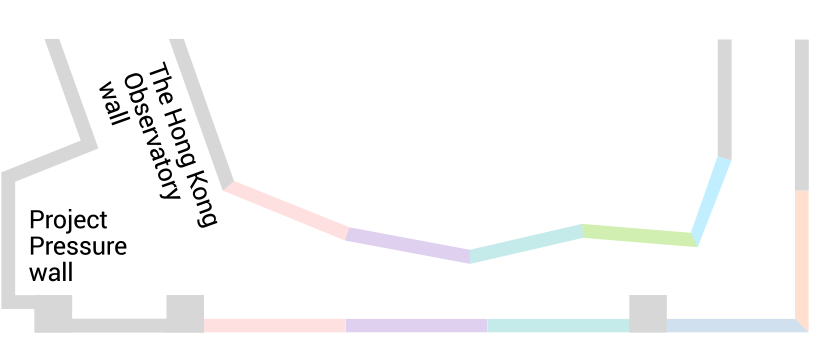

North America has glaciers in the United States, Canada and Greenland. Many of these glaciers are well monitored and are designated as protected areas of National Parks in the United States and Canada. But while protected, many of these areas, if not all, are still affected by climate change. One such area is Mount Baker-Snoqualmie National Forest in the US state of Washington.
3. Rabatel, A. et al. (2013). Current state of glaciers in the tropical Andes: a multi-century perspective on glacier evolution and climate change. The Cryosphere, 7, 81–102, doi:10.5194/tc-7-81-2013/em>
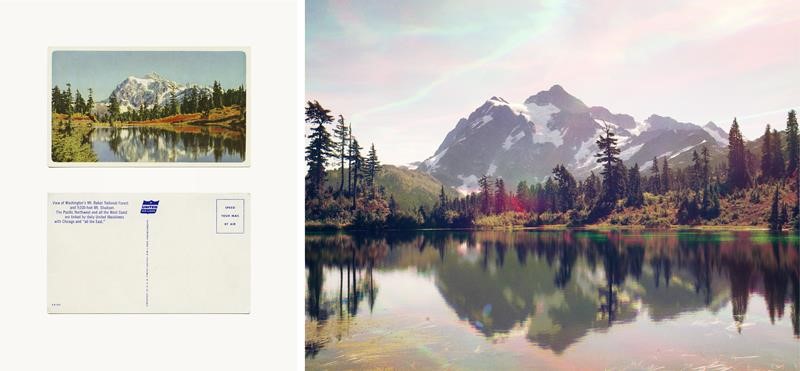
Mount Baker, United States | Peter Funch (2014)
Mount Baker, located in the US state of Washington, is a unique place, where the effects of climate change can be seen from the accumulation of over a century’s worth of photographic documentation in tourist memorabilia. Following in the footsteps of Ansel Adams, Funch’s replica images of the existing collection of postcards and archival photography provide a decisive juxtaposition that highlights how the landscape has changed over time.
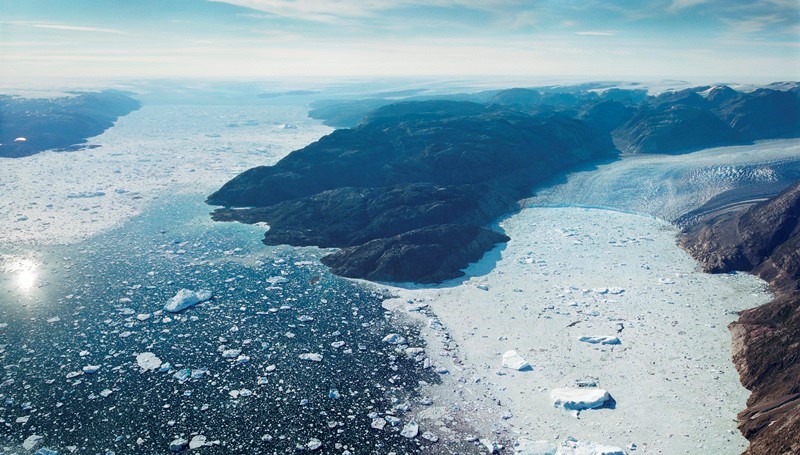
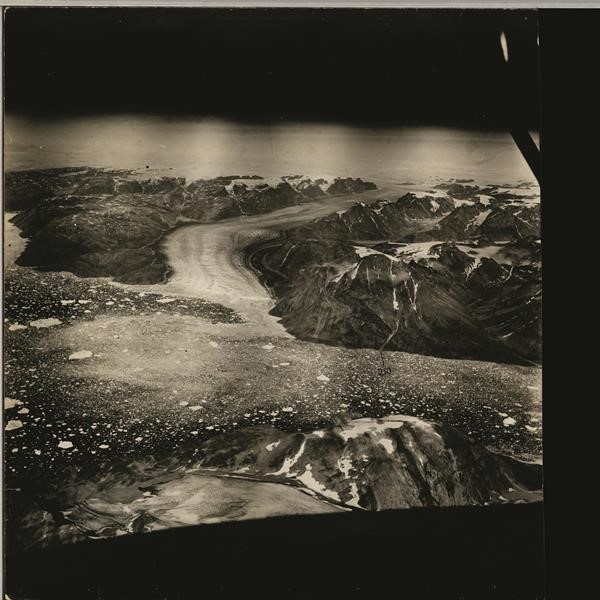
Helheim and Fenris Glaciers, Greenland | Klaus Thymann (2012) and Keld Milthers (1933)
In the early 20th Century, Denmark was in dispute with Norway over the sovereignty of eastern Greenland. To substantiate its claim, Denmark set forth expeditions to survey the remote region, including an aerial photograph survey by Danish explorer Keld Milthers in 1933. The aerial photographs, which were eventually rediscovered by Kurt Kjær of the Natural History Museum of Denmark in 2009, clearly outlined Greenland’s coasts, as well as the continent’s glaciers.
Collaborating with Kjær and the archive, Klaus Thymann revisited the Helheim and Fenris Glaciers in East Greenland in 2012 to replicate the aerial photographs. The new photographs were taken at same time of year as Milthers’ so that the 1933 and 2012 photographs could be compared directly. They demonstrate how much the glaciers have retreated in 79 years.
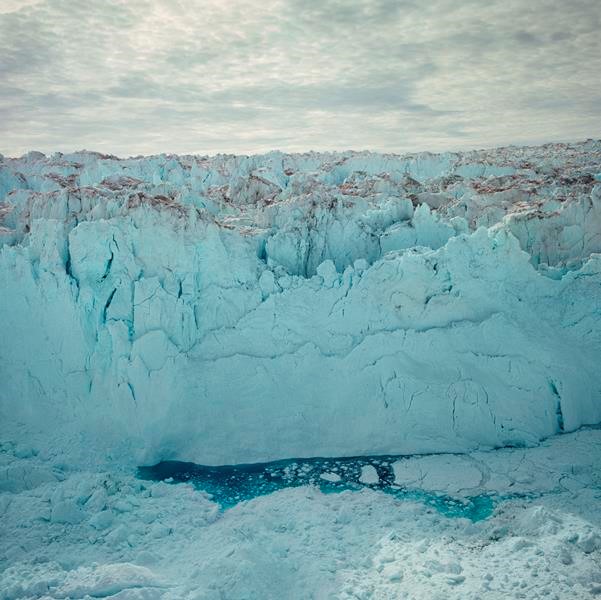
Jakobshavn Glacier, Greenland | Klaus Thymann (2009)
Shot out of an open door on a hovering helicopter, this image shows the front wall of the Jakobshavn Glacier in Greenland. The wall is about 70 metres high. This glacier is among the most active in the world, producing some 10% of all of Greenland’s icebergs. The glacier moves forward at an average pace of 20 metres per day.
